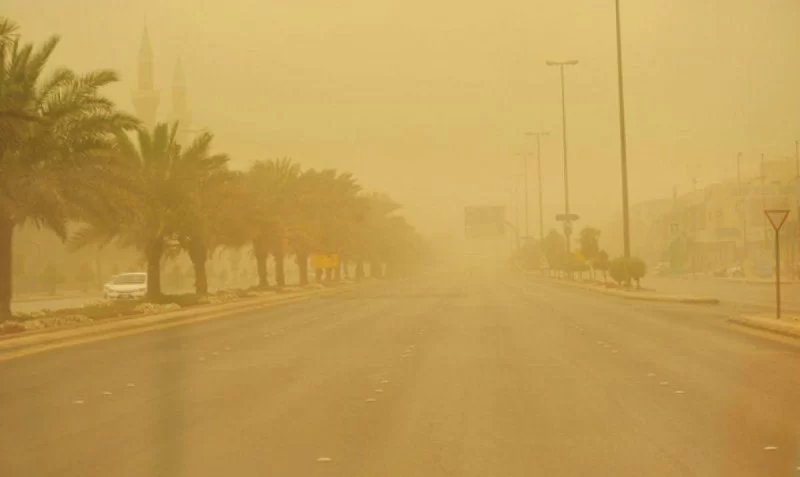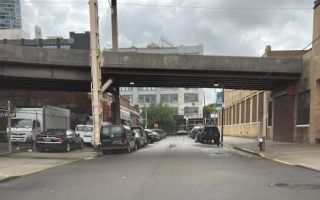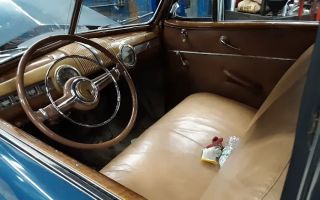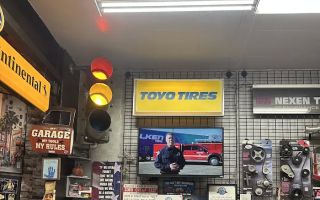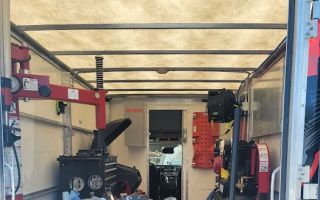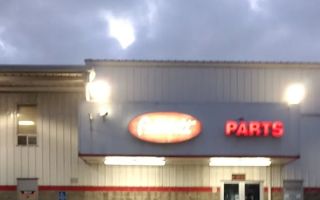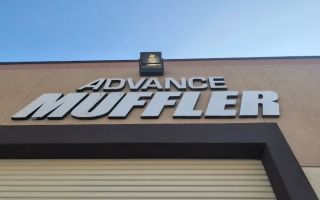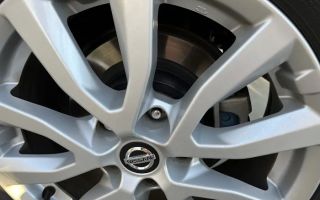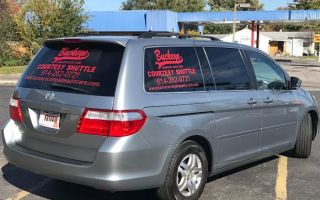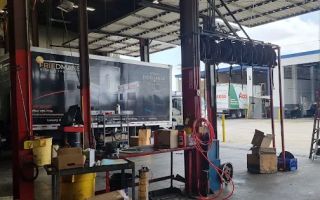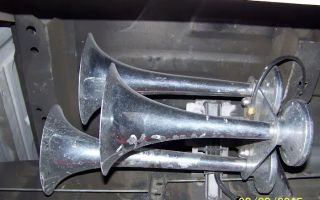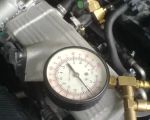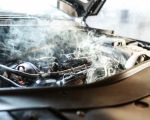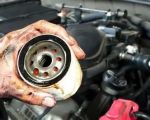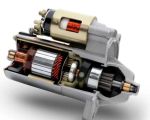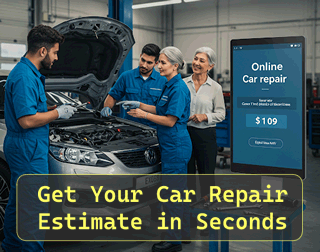- understanding-the-dangers-of-dusty-conditions
- preparing-your-vehicle-for-dusty-environments
- maintaining-visibility-and-safe-speed
- what-to-do-when-you-cant-see-ahead
- real-stories-from-the-road-when-dust-takes-over
- the-role-of-roadside-help-like-rescue-and-towing
1. Understanding the Dangers of Dusty Conditions
Dusty roads and blowing dirt might seem like minor nuisances, but they can become deadly in seconds. Dust reduces visibility, clogs air filters, hides road hazards, and increases the risk of multi-car pileups. Whether you're crossing a desert highway or navigating a dry backroad, understanding how to manage these conditions could save your life.
In the U.S. Southwest, particularly in Arizona and New Mexico, "dust outs" on highways have caused serious accidents. But dusty conditions aren't limited to deserts—dry farms, construction zones, and wildfire-affected areas pose similar risks.

AJ's Auto Glass & Detailing
4404 S 84th St, Omaha, NE 68127, USA
2. Preparing Your Vehicle for Dusty Environments
Before venturing into dust-prone regions, a few preparations can make a big difference. Ensure your air filter is clean and your cabin filter is functional. Use high-quality wiper blades and ensure your washer fluid is full. Dust can stick like glue, so keeping your windshield clean is vital.
Additionally, check that your headlights and taillights are clean and working. Dust clouds can make your vehicle nearly invisible to others. Having lights on—even during the day—can help others see you sooner.

AJ's Auto Glass & Detailing
4404 S 84th St, Omaha, NE 68127, USA
3. Maintaining Visibility and Safe Speed
The moment visibility drops, slow down. Many drivers make the mistake of keeping speed to "get through it faster," but that only increases danger. Reducing your speed gives you more time to react to obstacles or vehicles ahead.
Turn on your low-beam headlights and fog lights if you have them. Avoid using high beams in dusty or foggy air; they reflect off particles and make visibility worse. If needed, pull over in a safe place far from the traffic lane.
4. What to Do When You Can’t See Ahead
If you suddenly drive into a thick dust wall and visibility drops to near zero, don’t panic. Gently remove your foot from the accelerator and begin slowing down without slamming the brakes. Pull completely off the road if you can, turn off your lights and keep your foot off the brake pedal to avoid being rear-ended by drivers who might follow your lights.
Stay in your vehicle with your seatbelt on until conditions improve. Exiting into a dust storm is dangerous, especially on busy roads.
5. Real Stories from the Road: When Dust Takes Over
5.1 The Arizona I-10 Pileup
In 2019, a dust storm triggered a massive pileup on I-10 near Lordsburg, NM, involving over a dozen vehicles. Survivors reported barely being able to see the hood of their car before hitting others. The tragic event spurred new warning systems and awareness campaigns in the region.
5.2 A Solo Driver’s Close Call
Lisa, a solo traveler crossing Utah's open stretches, was caught in a sudden dust front. Her SUV had a dash cam that caught how the landscape disappeared within seconds. Thanks to her cautious speed and calm response, she pulled off the road safely—and later shared her experience online to help others.
6. The Role of Roadside Help Like Rescue & Towing
Even the most prepared drivers sometimes need help. When your vehicle stalls due to dust-choked filters or you accidentally veer off-road in zero visibility, quick access to reliable help matters. That’s why we recommend having contacts like Rescue & Towing on speed dial.
From roadside battery jumps to recovery from ditches, Rescue & Towing can provide rapid assistance when dusty roads leave you stranded. Safety starts with knowledge, but it ends with knowing help is nearby.
If you're planning a trip through dusty regions—or live near them—consider updating your emergency supplies and keeping trusted roadside assistance like Rescue & Towing within reach. Because when the dust settles, preparation is what keeps you moving.

